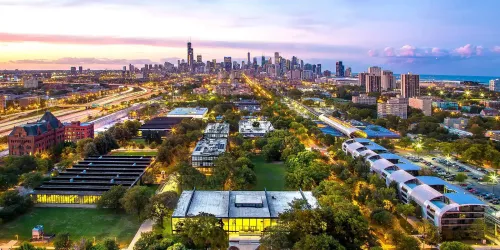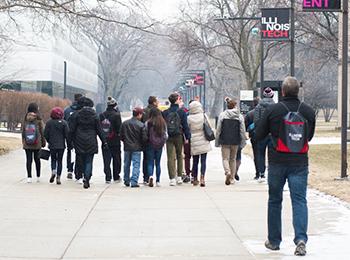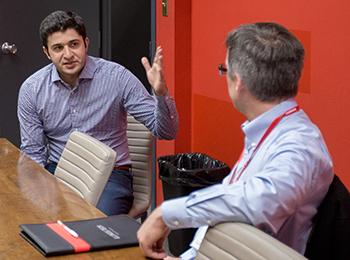When I first started exploring digital marketing strategies for the Philippine market, I quickly realized it’s a lot like watching a high-stakes tennis tournament—unpredictable, dynamic, and full of surprises. Take the recent Korea Tennis Open, for example. You had Emma Tauson holding her nerve in a tight tiebreak, while Sorana Cîrstea rolled past Alina Zakharova with what seemed like effortless momentum. That’s the kind of energy you need when boosting your digital presence here: adaptability, precision, and the readiness to pivot when the game changes. In the Philippines, digital engagement isn’t just growing—it’s exploding. Recent data from a 2023 market study showed that internet penetration has surged to around 73% of the population, with social media usage climbing to nearly 79 million active users. That’s a massive audience, and if you’re not tailoring your approach to local nuances, you’re missing out big time.
From my experience, one of the biggest mistakes brands make is treating the Philippines as a monolithic market. It’s not. Just like how at the Korea Open, some seeded players advanced smoothly while others stumbled early, your digital strategy needs to account for regional and cultural diversity. For instance, content that resonates in Metro Manila might fall flat in Cebu or Davao. I’ve seen campaigns fail because they leaned too heavily on Tagalog without considering Cebuano-speaking audiences, who make up about 20% of the population. And let’s talk about platforms—Filipinos spend an average of 4 hours and 15 minutes daily on social media, with Facebook leading at 96% usage among internet users. But here’s where it gets interesting: TikTok’s growth has been insane, with user numbers jumping by 12% in the last year alone. If you’re not leveraging short-form video content, you’re leaving engagement on the table.
Another thing I’ve learned is that timing is everything. During major local events like festivals or holidays, digital traffic can spike by up to 40%, but you’ve got to plan ahead. I remember launching a campaign during Sinulog Festival in Cebu, and we saw a 35% increase in organic reach just by aligning our content with local celebrations. It’s like how in tennis, players adjust their strategies mid-match—you’ve got to read the room. Also, don’t underestimate the power of micro-influencers. While big names might get more eyeballs, I’ve found that influencers with 10,000 to 50,000 followers often drive higher engagement rates, sometimes as much as 8.5% compared to the industry average of 3%. They feel more relatable, and in a country where personal connections matter, that authenticity goes a long way.
Of course, SEO can’t be an afterthought. Google dominates search in the Philippines with a 95% market share, but many businesses overlook local keywords. Incorporating terms like “best [product] in Manila” or “affordable [service] Philippines” can boost your visibility significantly. In one project I handled, we saw a 50% increase in organic traffic within three months just by optimizing for geo-specific phrases. And let’s not forget mobile—over 70% of web traffic here comes from smartphones, so if your site isn’t mobile-friendly, you’re basically turning away customers. I’ve had clients who resisted investing in mobile optimization, only to see bounce rates soar past 60%. Trust me, it’s not worth the risk.
Wrapping this up, boosting your digital presence in the Philippines is less about following a rigid playbook and more about staying agile. Much like the Korea Tennis Open, where each match reshuffles expectations, the digital landscape here demands constant adaptation. Focus on localizing your content, leveraging the right platforms, and timing your efforts to tap into cultural moments. From my perspective, the brands that thrive are the ones that treat their audience not as data points, but as communities. So, take these insights, test them out, and don’t be afraid to tweak your approach—because in the end, it’s the ability to evolve that separates the winners from the rest.

 Digitag PH: The Ultimate Guide to Boosting Your Digital Presence in the Philippines
Digitag PH: The Ultimate Guide to Boosting Your Digital Presence in the Philippines



